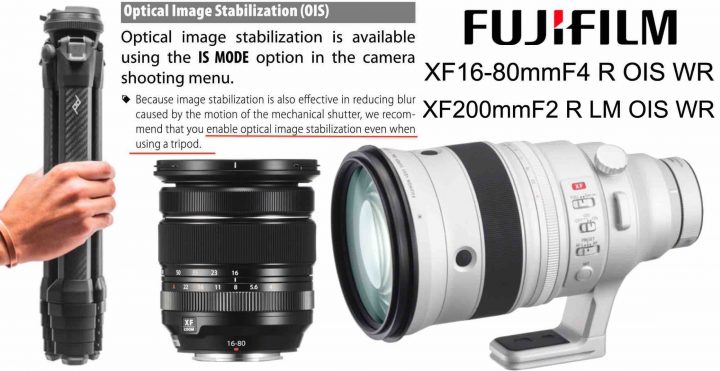
Fujifilm X Summit
Fujifilm just announced the Fujifilm X Summit for September 20 at 1PM GMT. This means it will take place at:
- 9AM New York Time
- 3PM Berlin Time
There will be a LIVE STREAMING here on FujiRumors.
Fujifilm writes about the event:
Following the first round in Dubai, we are pleased to announce that the second X Summit will be held on September 20th 1PM GMT!
This time, the X Summit will be held in Shibuya, Tokyo – the mecca of street photography in Tokyo. What will happen this time?
Make sure to tune in on September 20th.
Now, Fujifilm can’t tell you this, but of course they mean to stay tuned on FujiRumors for non stop real time coverage, just as we did last time back in February with the Dubai X Summit. ;)
So, make sure to follow us on Facebook, Instagram, RSS-feed, Youtube, Flipboard and Twitter.
What Will Happen?
Let’s take a look what Fujifilm did at the last Fujifilm X summit in Dubai:
- they asked the Fujifilm community to vote on future lenses
- they asked the Fujifilm community to vote on future firmware
- they showed early Fujifilm GFX concepts, including a modular GFX
- Fujifilm engineers talked about the X and GFX lenses and camera development
- Fujifilm managers showed us mock-ups of future lenses such as the the XF33mmf/1.0
- the showed a Fujifilm GFX100 prototype
- they explained the Fujifilm color science approach
- there was a Q&A with the community
That’s about it, and for a compact summary of the entire X Summit of February, just check out this article.
Now, you can see that Fujifilm actually did NOT announce any new gear at the last X summit, so chances are, that also this time we won’t get a full and final announcement of any new camera or lens.
In fact, our sources confirm that the final announcement with full specs and pre-orders for the Fujifilm X-Pro3 will happen on the second half of October.
However…
I know many of you are hoping to see a Fujifilm X-H2 or maybe a Fujifilm X-T3s with IBIS.
I have not heard about it, and if something like this comes, it was Fujifilm’s best kept secret ever. But yes, there is this third mysterious camera registered, and if it comes out 2019, then I honestly have no idea what it could be.
You guys, though, seem to be much more confident: you see high chances for a Fujifilm X-H2 or X100V (but X100V will surely come in 2020 only)
What can be expect more realistically?
Well, the main course of the meal could be other things, like:
Also, there will be several Fujifilm managers to go on stage and give us technical insights, disclose further projects, show even more mock-ups and more. Also gifted photographers like Bert Stephani, David Hobby and Tomasz Lazar will be there.
One Thing is Sure!
One thing is sure:
September 20 will be a very exciting day for the Fujifilm community, and my fast fingers will cover the event at 360° non stop, to make sure you at home don’t miss a single tidbit.
So lean back, join FujiRumors, and enjoy the endless well organized stream of information about the Fujifilm X summit on FujiRumors.
Get notified as soon as the live coverage starts, by allowing in browser push notifications (click the bell icon on the bottom right of your browser) and also:
And don’t forget:
Get a beer, and enjoy the Fuji X Summit Coverage on FujiRumors





